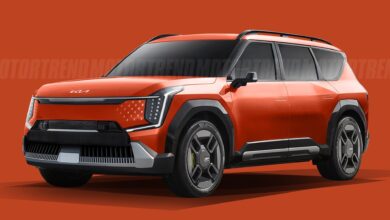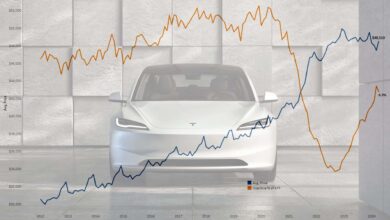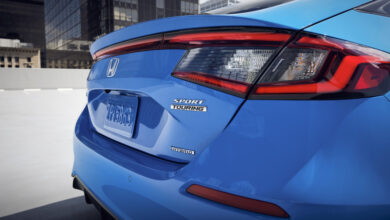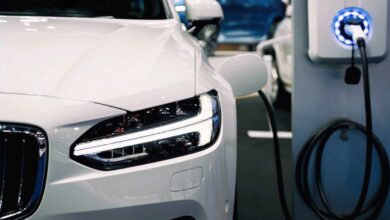The Real Reason Hybrid Cars Are Trouncing EVs, Even Tesla’s
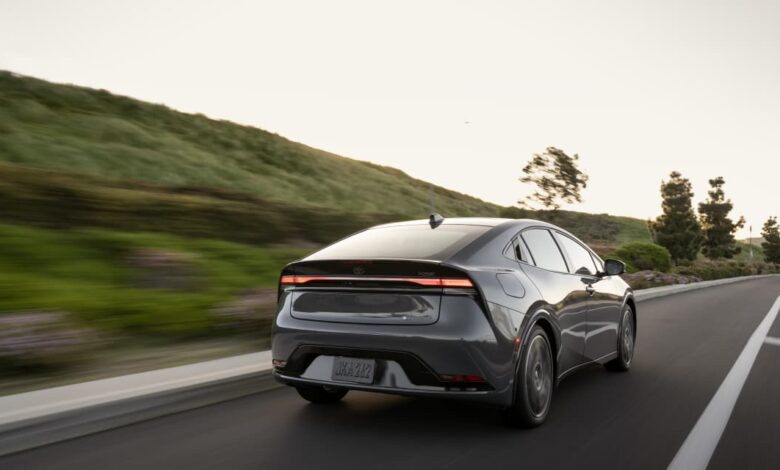
Hybrid vehicle sales are surging in the U.S. while battery-electric cars pile up on dealer lots. The situation has investors wondering about the future of all-battery technology and if they inflated their estimates for EV penetration of new car sales.
The problem, however, isn’t one of technology. It’s about price. According to
Cars.com
,
hybrids and plug-in hybrid vehicles, or PHEVs, average $48,918, while the average price for an all-battery electric vehicle is $63,802. That’s a difference of $14,884. The lack of affordability continues to weigh heavily on EV sales growth.
And weigh it has. Sales of battery electric vehicles, or BEVs, grew just 7% year over year in the first quarter of 2024, according to data provider WardsAuto, down from 43% year-over-year growth in the fourth quarter of 2023. Sales of hybrids—both traditional and plug-in—grew about 65% year over year.
“Traditional hybrids [are] far more popular with U.S. consumers,” wrote CFRA analyst Garrett Nelson in a recent report. “Traditional hybrids accounted for roughly seven out of every eight new hybrid vehicles sold in the U.S. [in 2023].”
Hybrid sales, however, haven’t really accelerated. In the U.S., hybrid sales grew about 56% in 2023, 63% in 2022, and 93% in 2021. That’s a reflection of their advantages. There is no range anxiety—the fear of running out of juice with nowhere to recharge. What’s more, in the case of PHEVs, there is the option to avoid the gas station for long stretches.
Advertisement – Scroll to Continue
The average per-charge battery range with 2024 plug-in hybrid models on sale in the U.S. reviewed by Barron’s was about 34 miles, similar to the range offered on 2023 models.
The best thing about hybrids might just be the price. Take the
RAV4, Toyota’s best-selling car in North America. The conventional RAV4 starts at about $29,000. The hybrid version starts at $32,000. The plug-in version starts at about $44,000. The PHEV version is pricey, but still costs thousands less than comparable battery electric vehicles, or BEVs.
Cars.com says the RAV4 is the third most popular plug-in hybrid on the marketplace. The Jeep Wrangler 4xe and the Jeep Grand Cherokee 4xe are number one and two respectively. Those are pricier models. The Wrangler PHEV starts at about $51,000. The Grand Cherokee PHEV starts at about $60,000.
Advertisement – Scroll to Continue
Toyota sold 434,943 RAV4s in North America in 2023—161,125 were hybrids, and 26,073 were PHEVs.
The RAV4 isn’t just Toyota’s best-selling vehicle. It’s the best-selling non-pickup truck in the U.S. (The three best-selling vehicles in the U.S. are the Ford F-150, Chevy Silverado, and Dodge Ram.) The second-place vehicle is the
Model Y, which sold some 394,000 in 2023. A Y starts at about $43,000 The dual motor long-range version starts at about $48,000. In 2022 it started at about $66,000.
Despite the Ys impressive sales stats, the market for cars that expensive is smaller than investors might think. Nearly two-thirds of new sales have list prices below $40,000, according to Barron’s tracking. Full-size pickup trucks account for another 15% of the U.S. market.
Advertisement – Scroll to Continue
That leaves just 20% of the market for cars and SUVs starting north of $40,000. By that reckoning, the Model Y has roughly 12% market share where it competes.
There simply isn’t enough room in the U.S. market for more high-priced BEVs. A $25,000 BEV is another story. That is the starting price Tesla is targeting for its new vehicle slated for delivery in early 2025.
Write to Al Root at allen.root@dowjones.com
